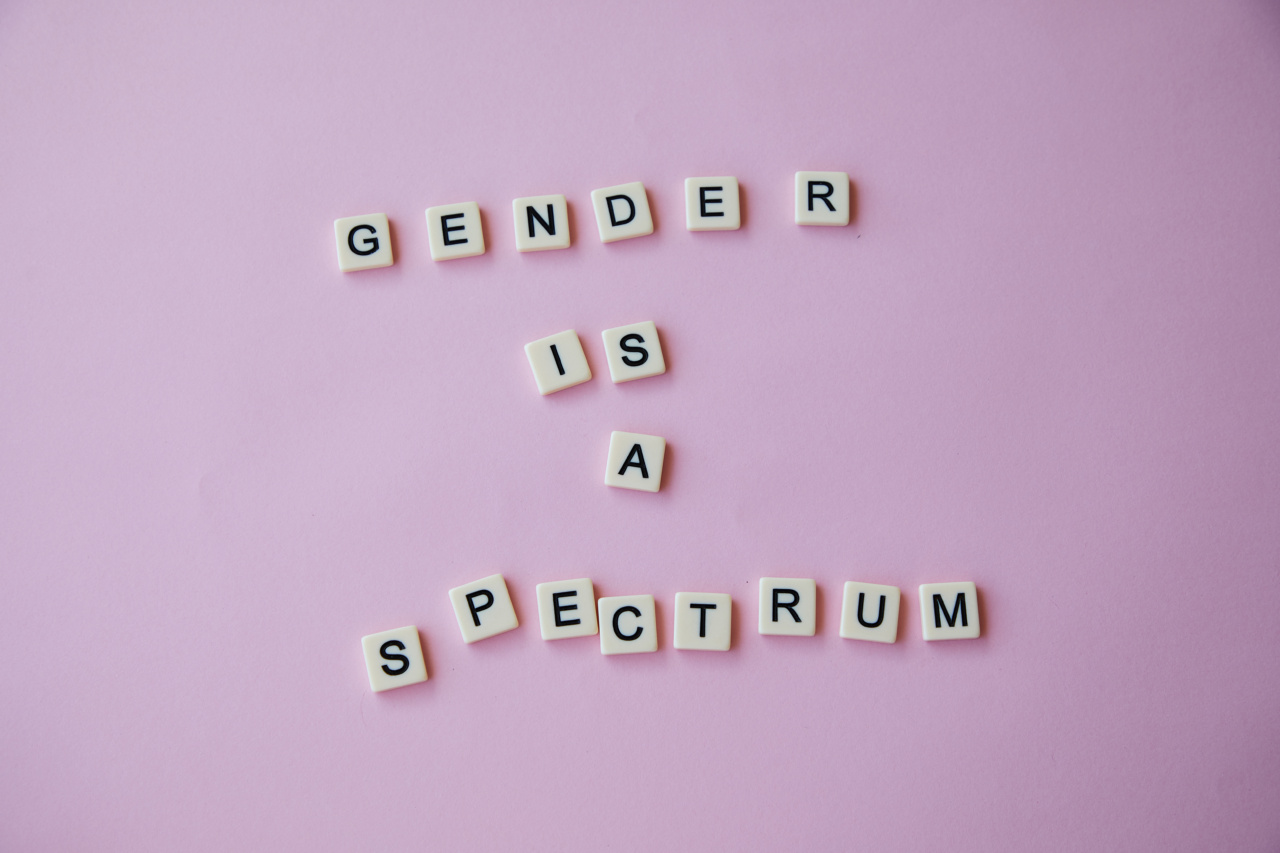Loneliness is a universal human experience that affects individuals of all genders. However, research has shown that there are significant gender differences when it comes to loneliness.
This article aims to explore these gender differences in loneliness and determine who comes out on top in terms of experiencing this emotional state.
What is loneliness?
Loneliness is often defined as a subjective feeling of social isolation or dissatisfaction with one’s social relationships. It is important to note that loneliness is not the same as being alone; one can feel lonely even in the presence of others.
Loneliness can have profound effects on overall well-being and mental health, making it a crucial subject of study.
Gender differences in loneliness
Multiple studies have observed gender differences in the experience and expression of loneliness.
1. Social norms and expectations
Societal norms and expectations play a significant role in shaping gender differences in loneliness. Men, on average, tend to adhere to traditional masculine values, which often discourage the open expression of vulnerability and emotions.
Due to these social norms, men may be less likely to seek social support when they are feeling lonely, leading to increased feelings of isolation.
2. Social support networks
Women often tend to have larger and more extensive social support networks compared to men. They generally maintain closer relationships and engage in more frequent social interactions.
This higher level of social support among women can serve as a protective factor against loneliness.
3. Relationship status
Research suggests that relationship status can also impact gender differences in loneliness.
While both men and women can feel lonely whether single or in a relationship, studies have found that single men, in particular, experience higher levels of loneliness compared to single women. This disparity in loneliness may be due to a variety of factors, including societal pressures to be in a relationship and the lack of emotional intimacy in male friendships.
4. Coping strategies
Gender differences in coping strategies may also contribute to disparities in loneliness. Women are generally more likely to reach out to others and seek social support when they are feeling lonely.
On the other hand, men often rely on individual coping strategies such as distraction or engaging in activities they enjoy. These strategies may provide temporary relief but may not address the underlying feeling of loneliness.
Who comes out on top?
It is essential to clarify that loneliness is not a competition, and it is not productive to determine who comes out on top. Both men and women can experience loneliness, and it is a deeply personal and subjective experience.
Instead of focusing on who experiences more or less loneliness, it is more productive to explore how societal factors contribute to these gender differences and to work towards creating a more inclusive and supportive environment for all individuals.
Conclusion
Loneliness is a complex and multifaceted emotion that affects individuals of all genders. While there are notable gender differences in the experience of loneliness, it is crucial to avoid stereotypes or assumptions.
Instead, it is important to recognize and address the societal factors that contribute to these disparities and work towards fostering a sense of belonging and social connection for everyone.






























